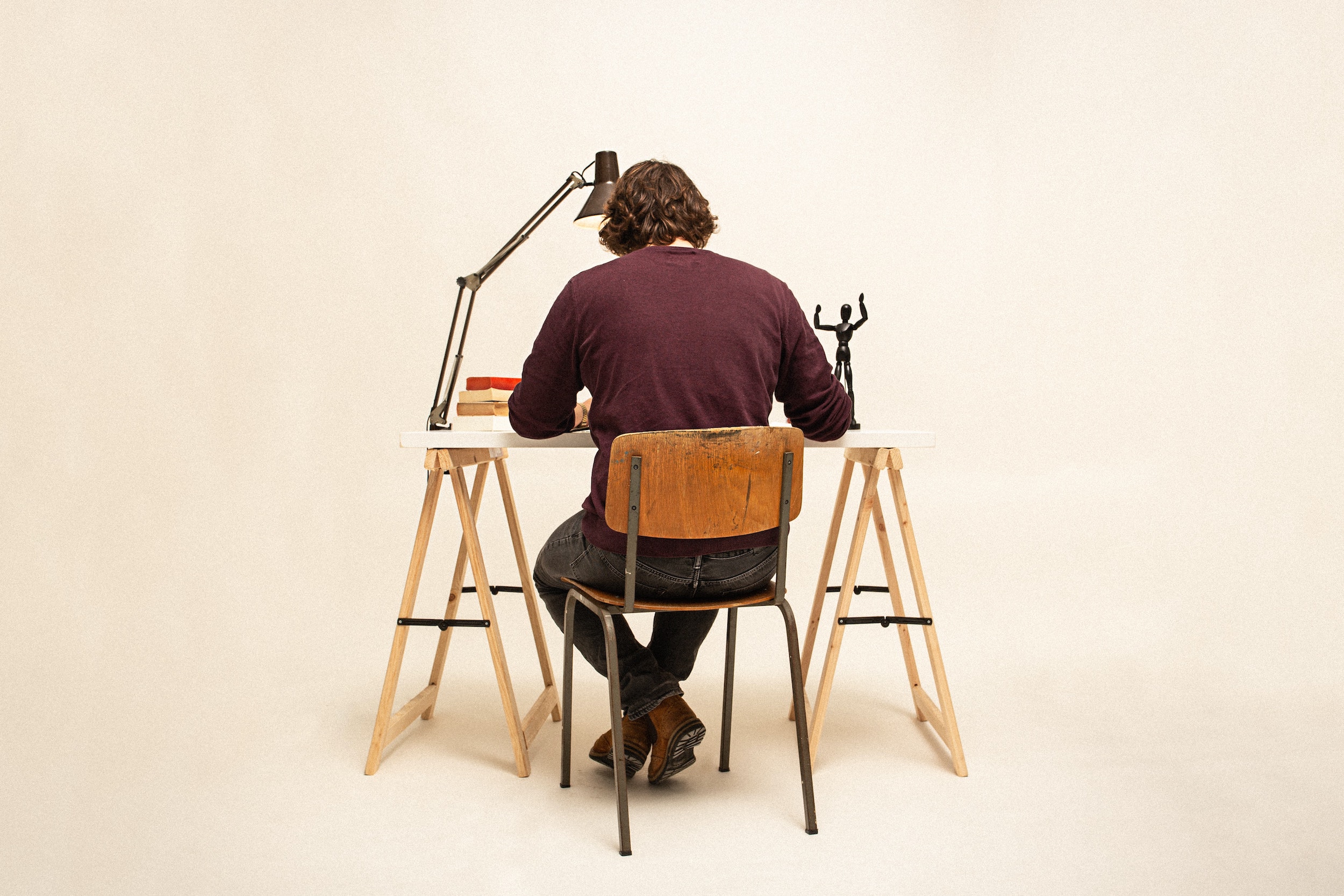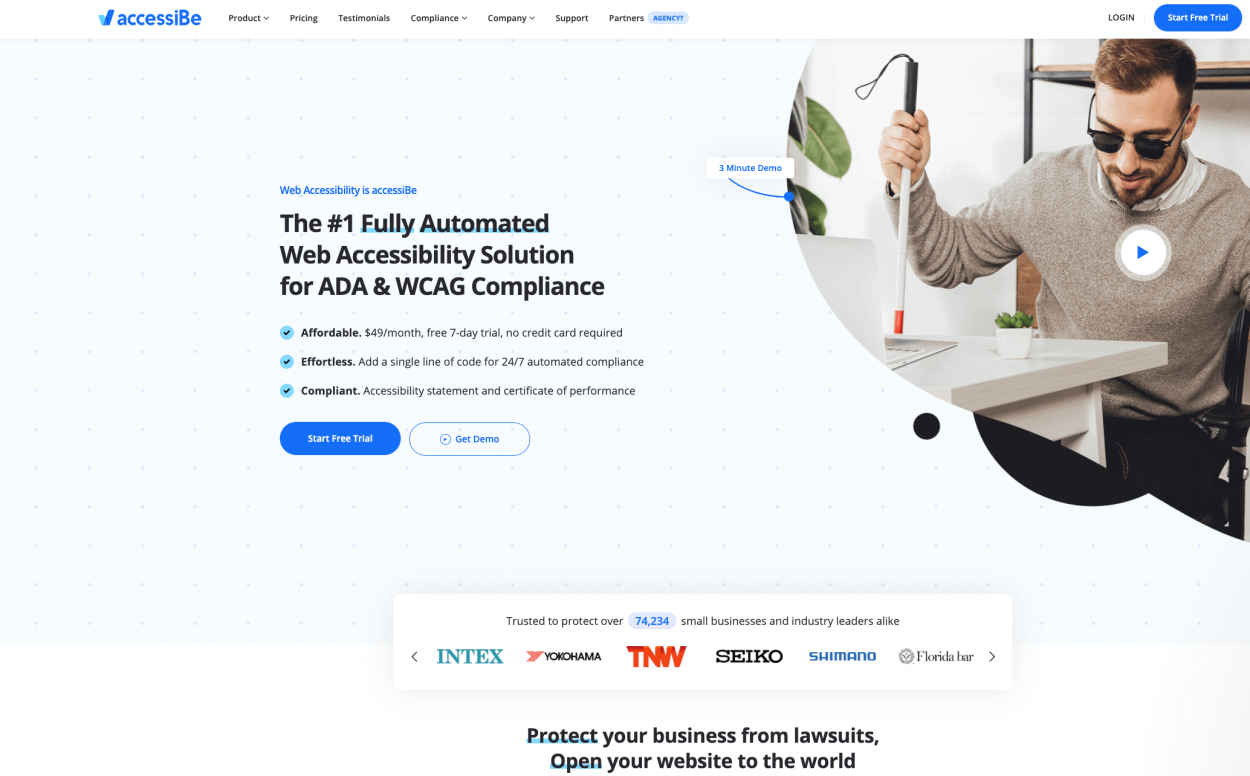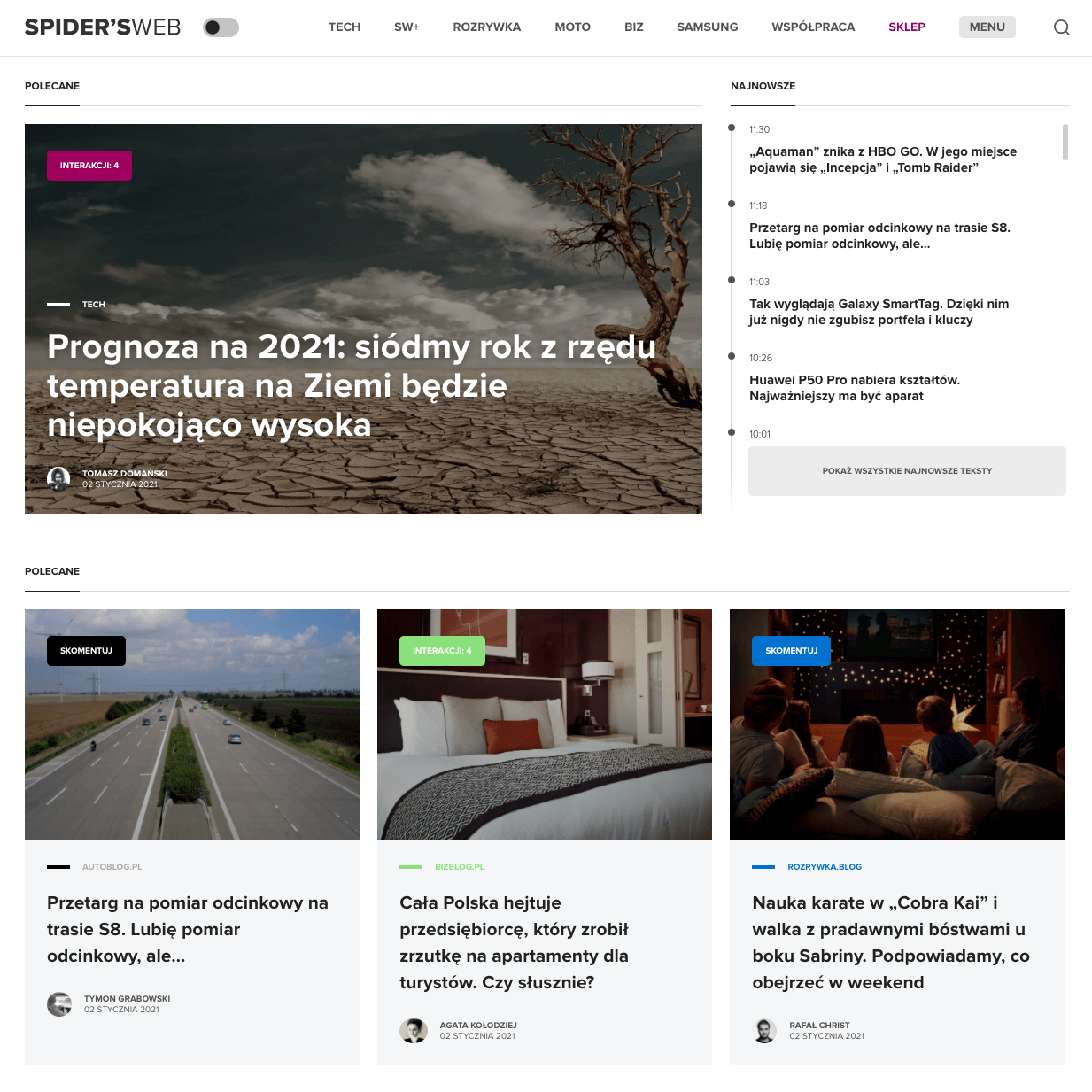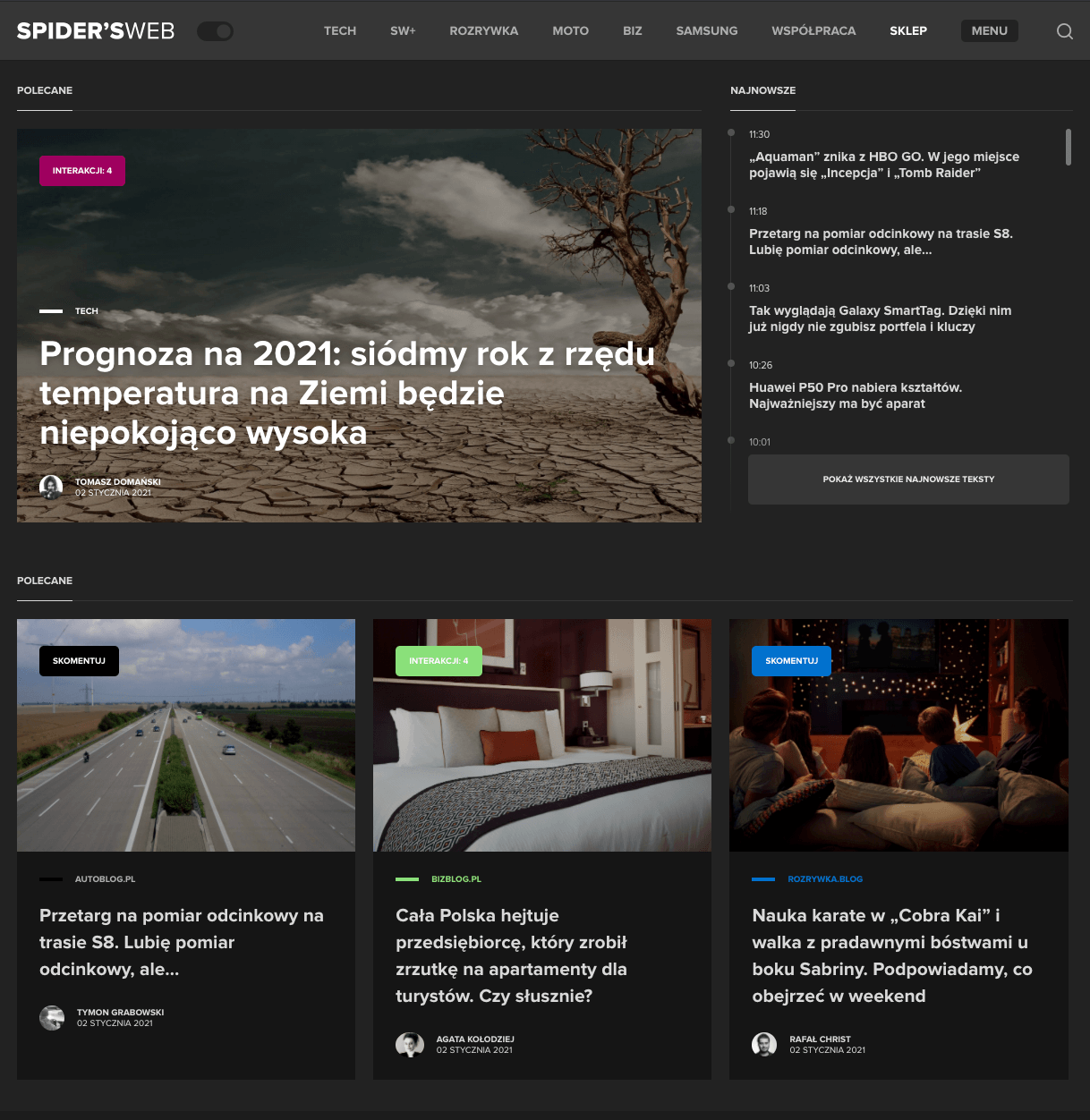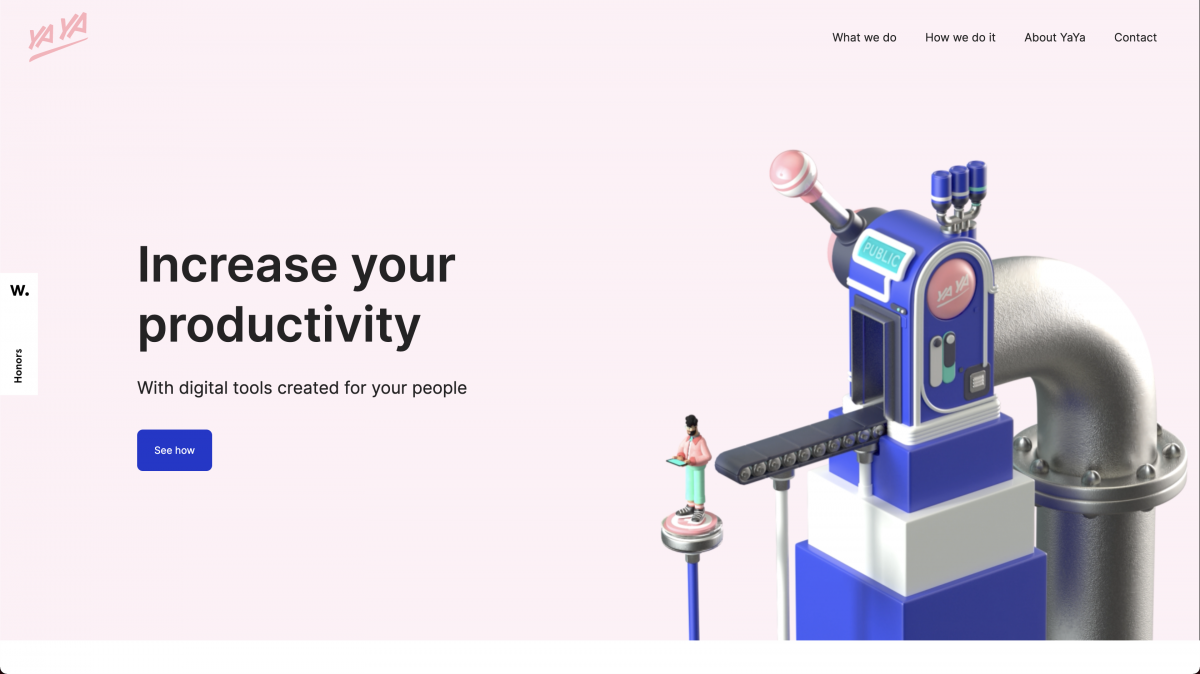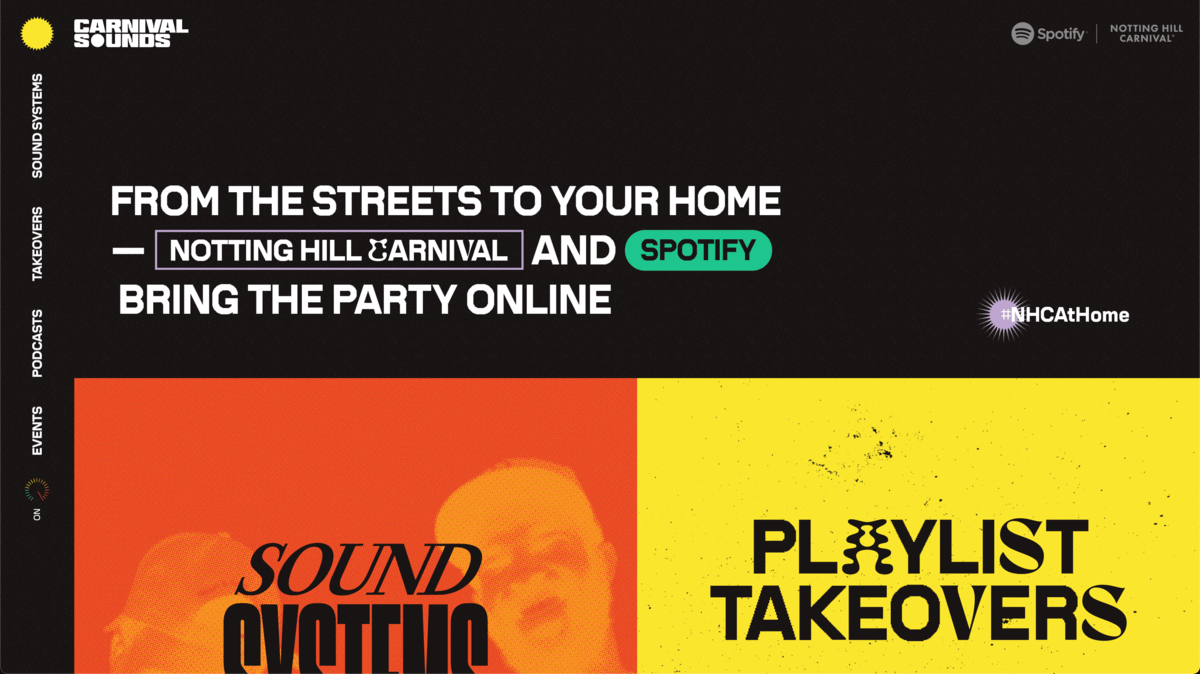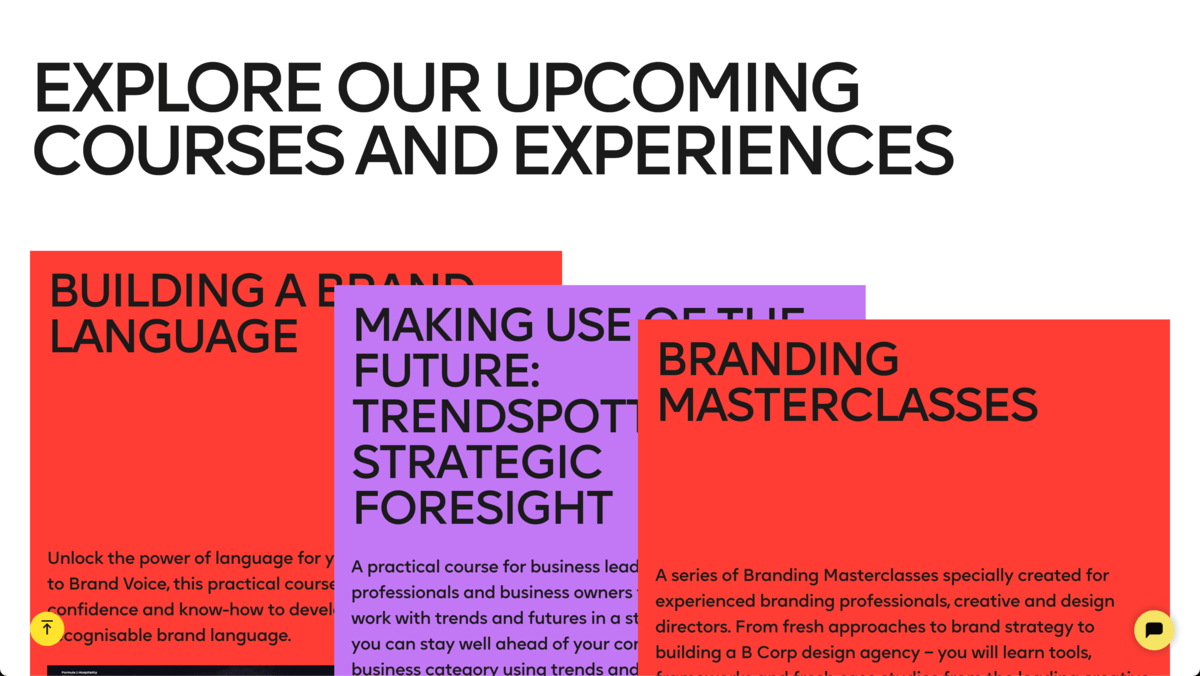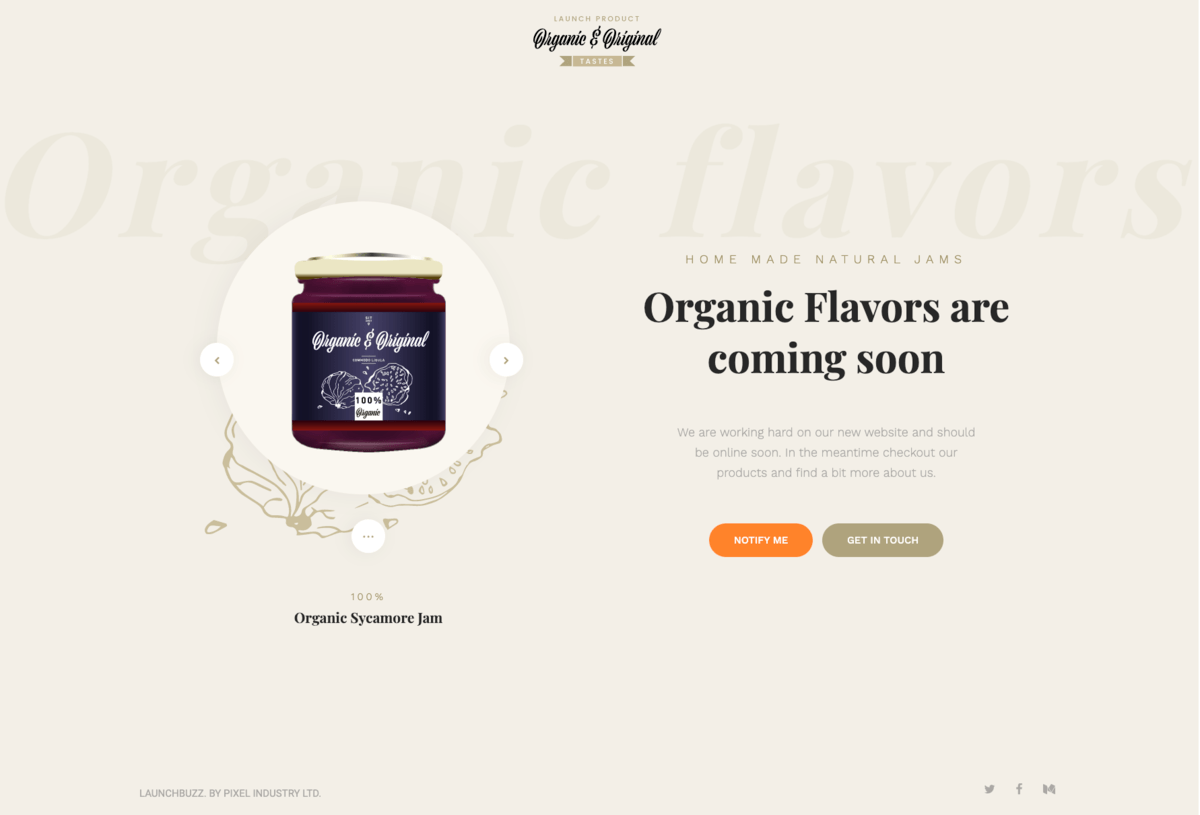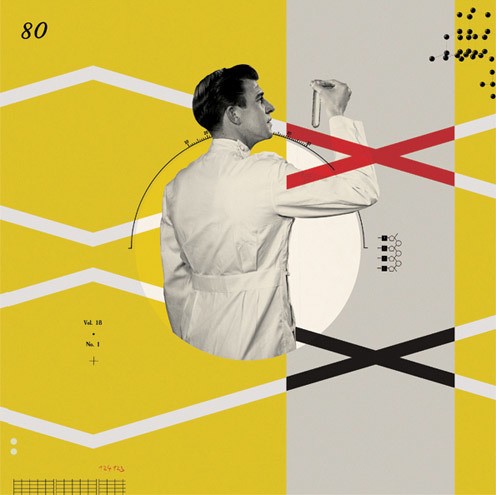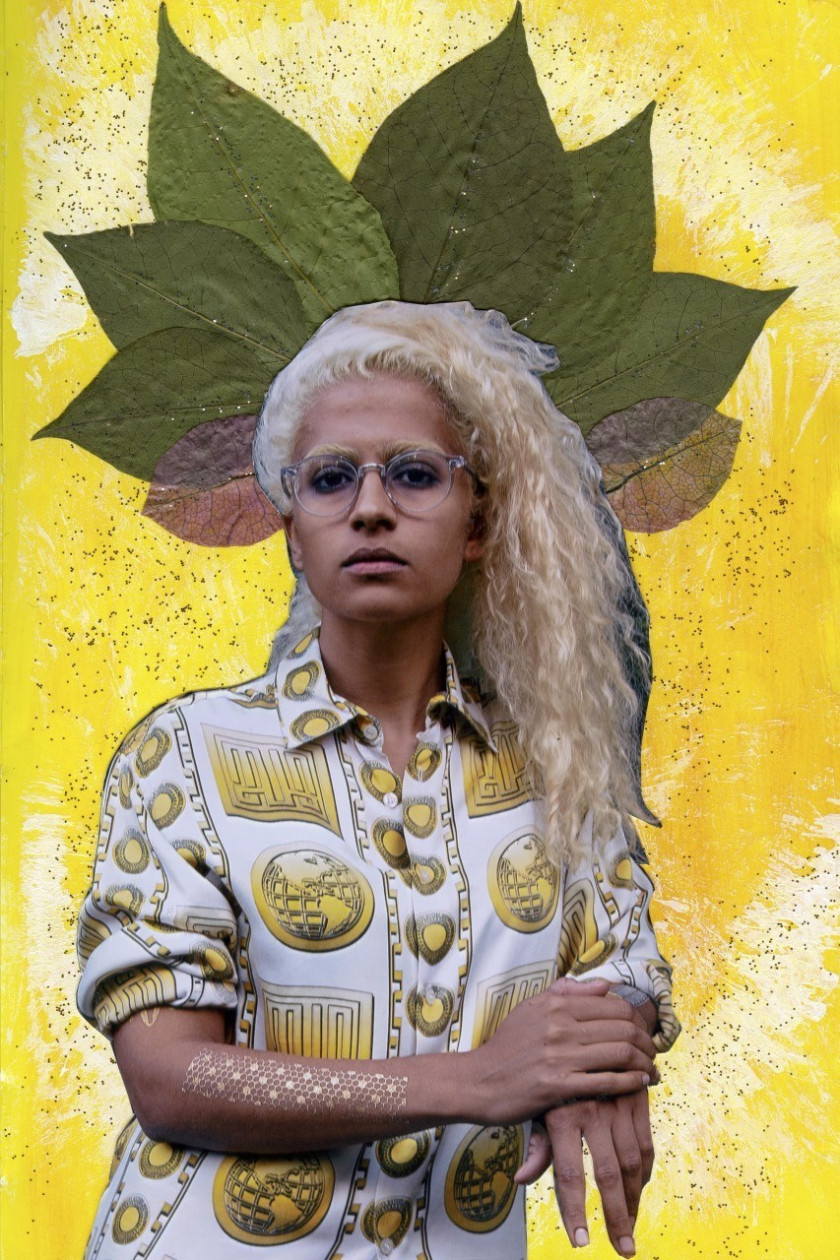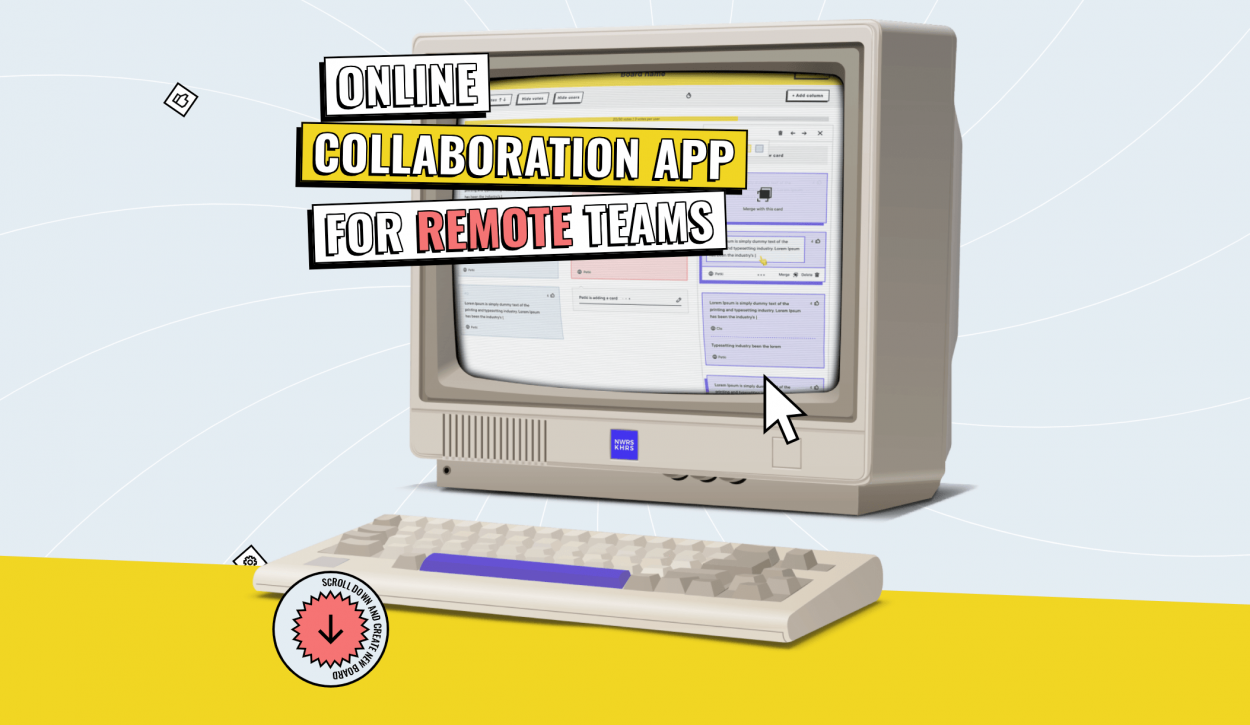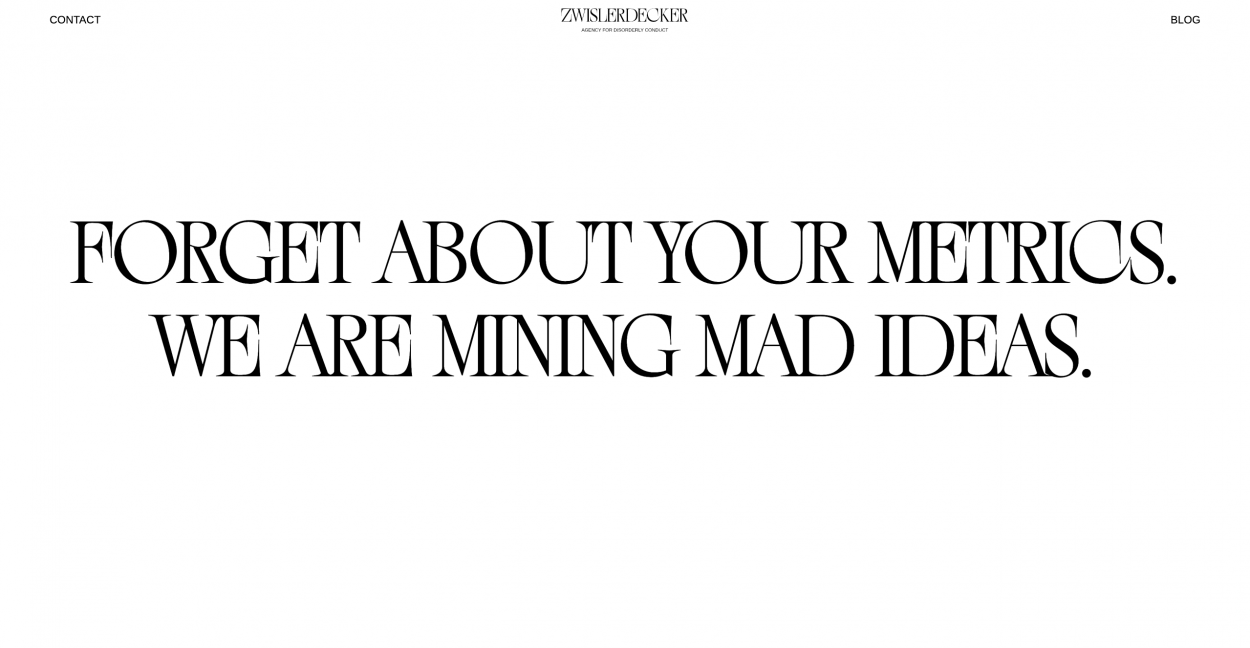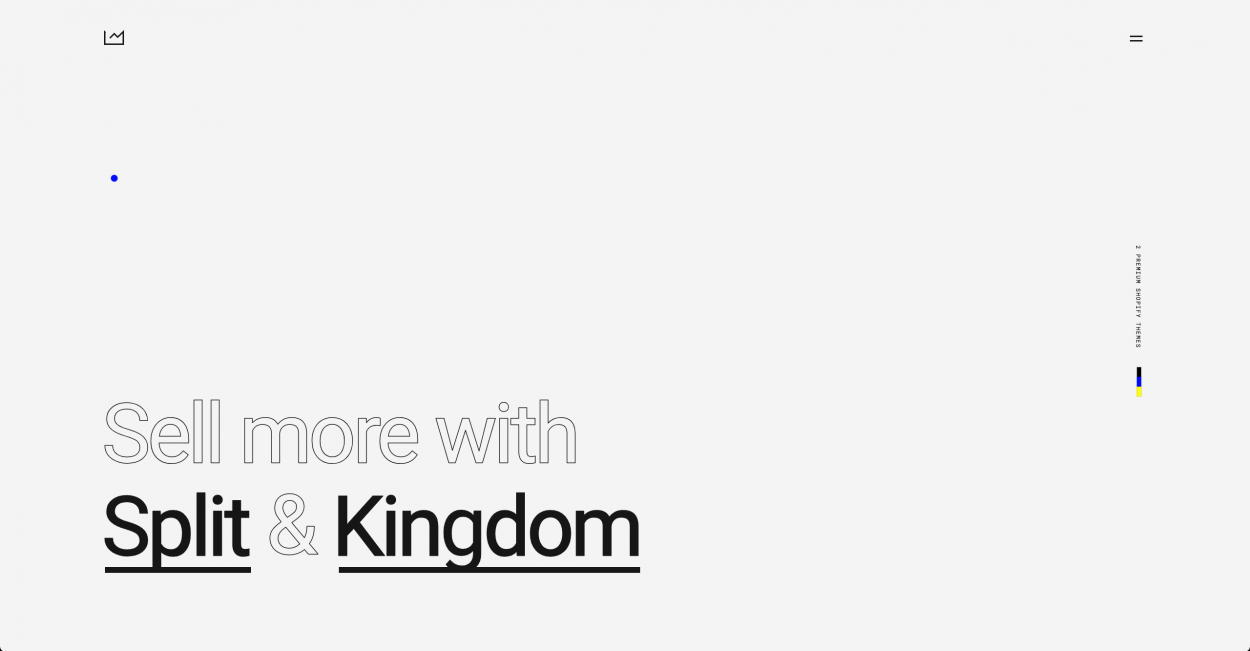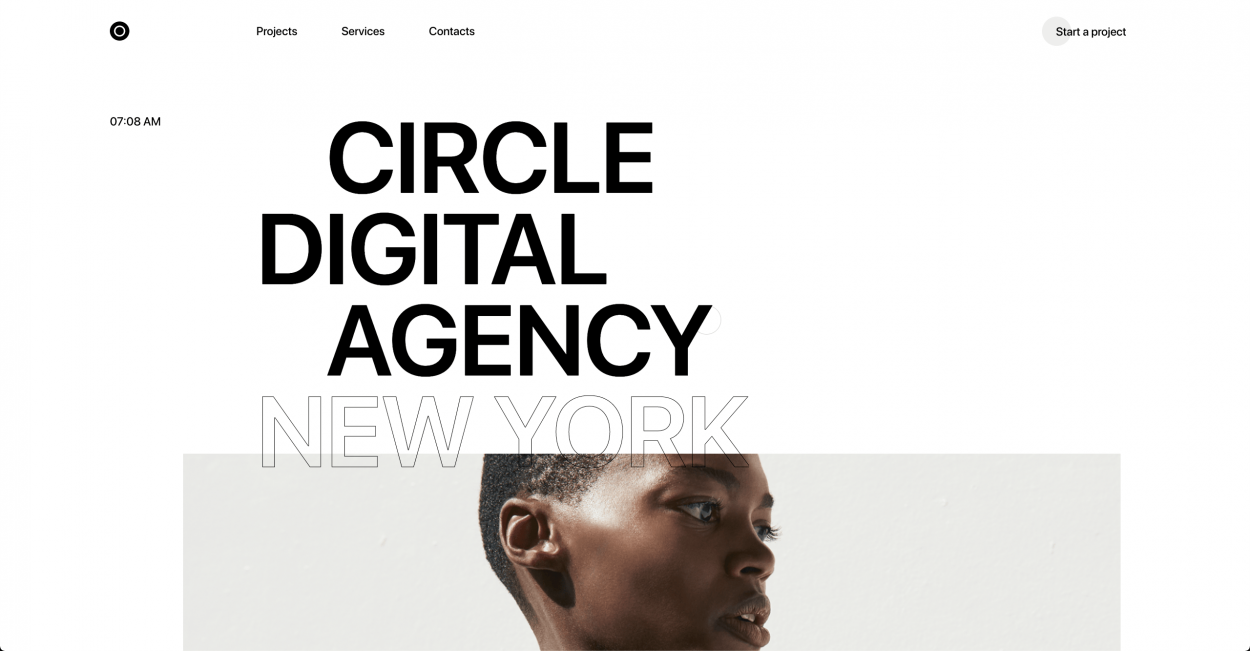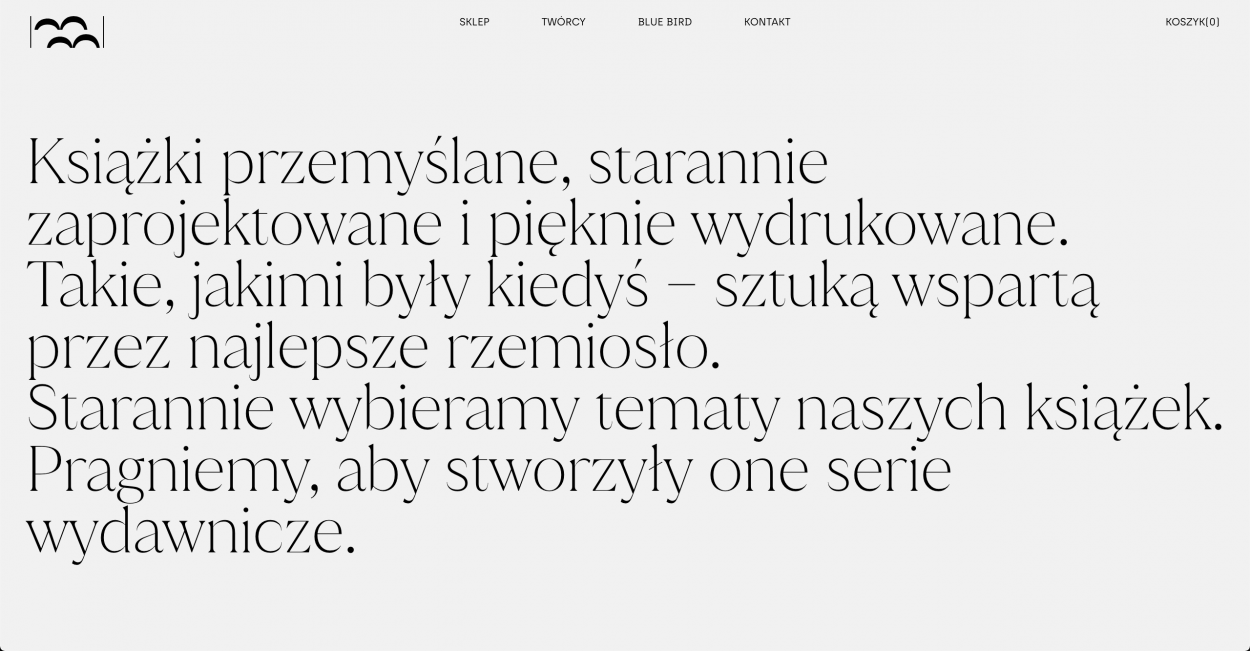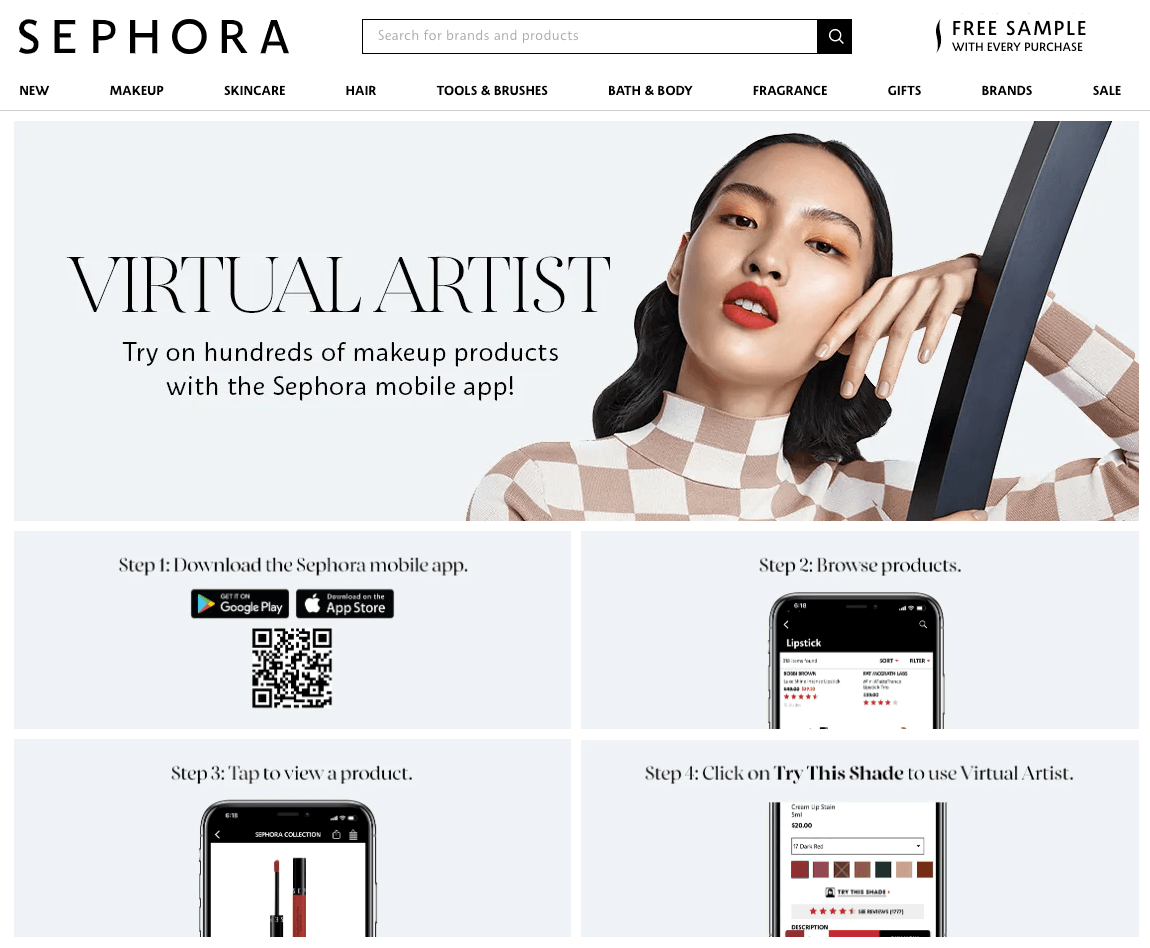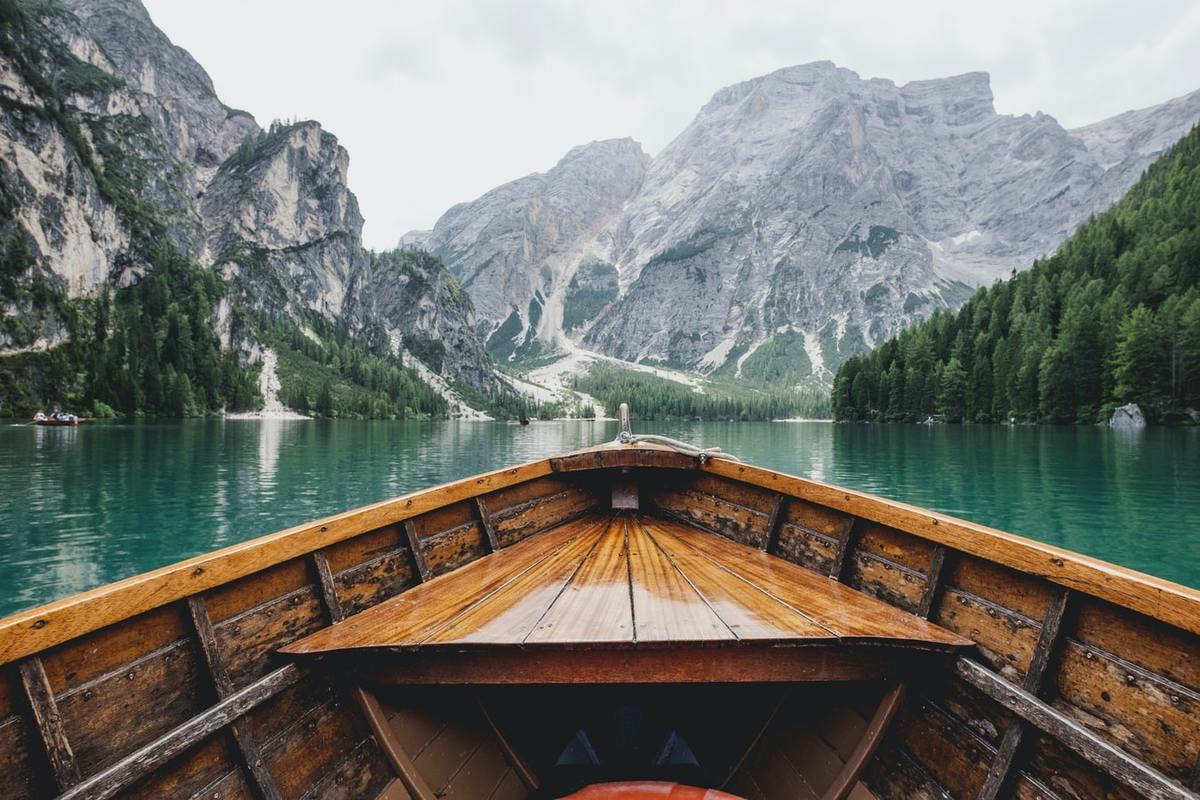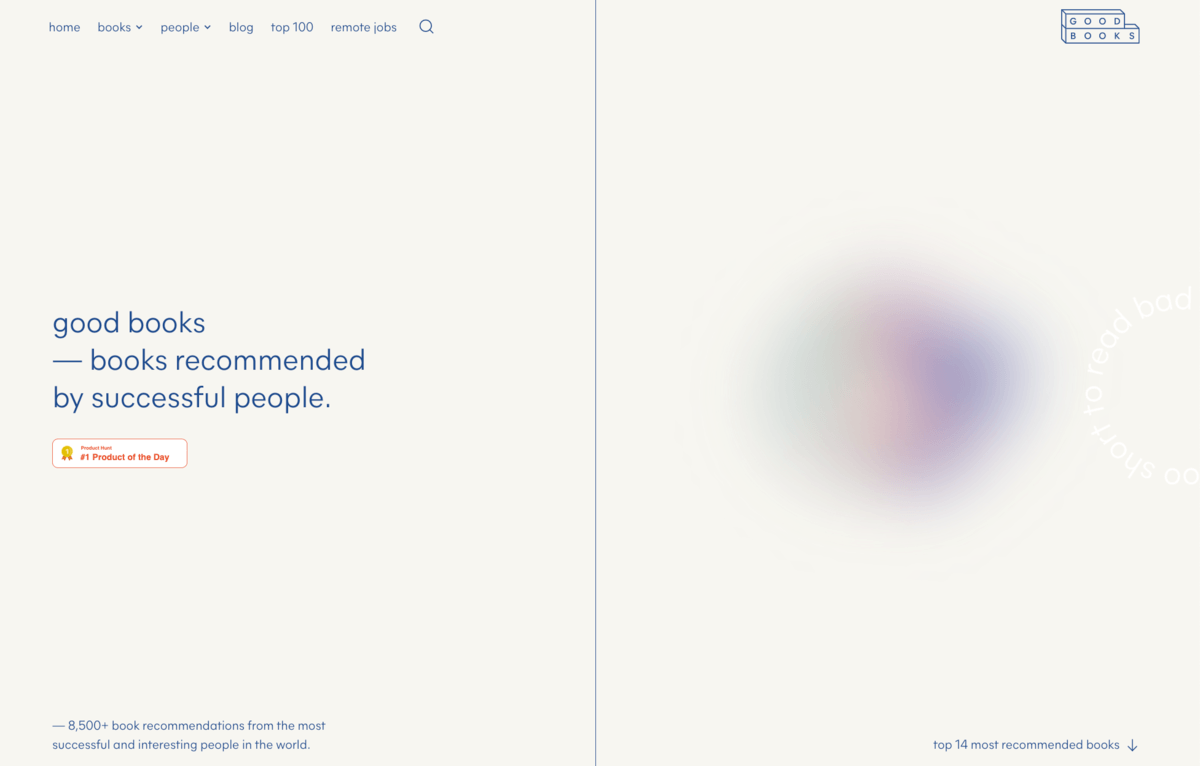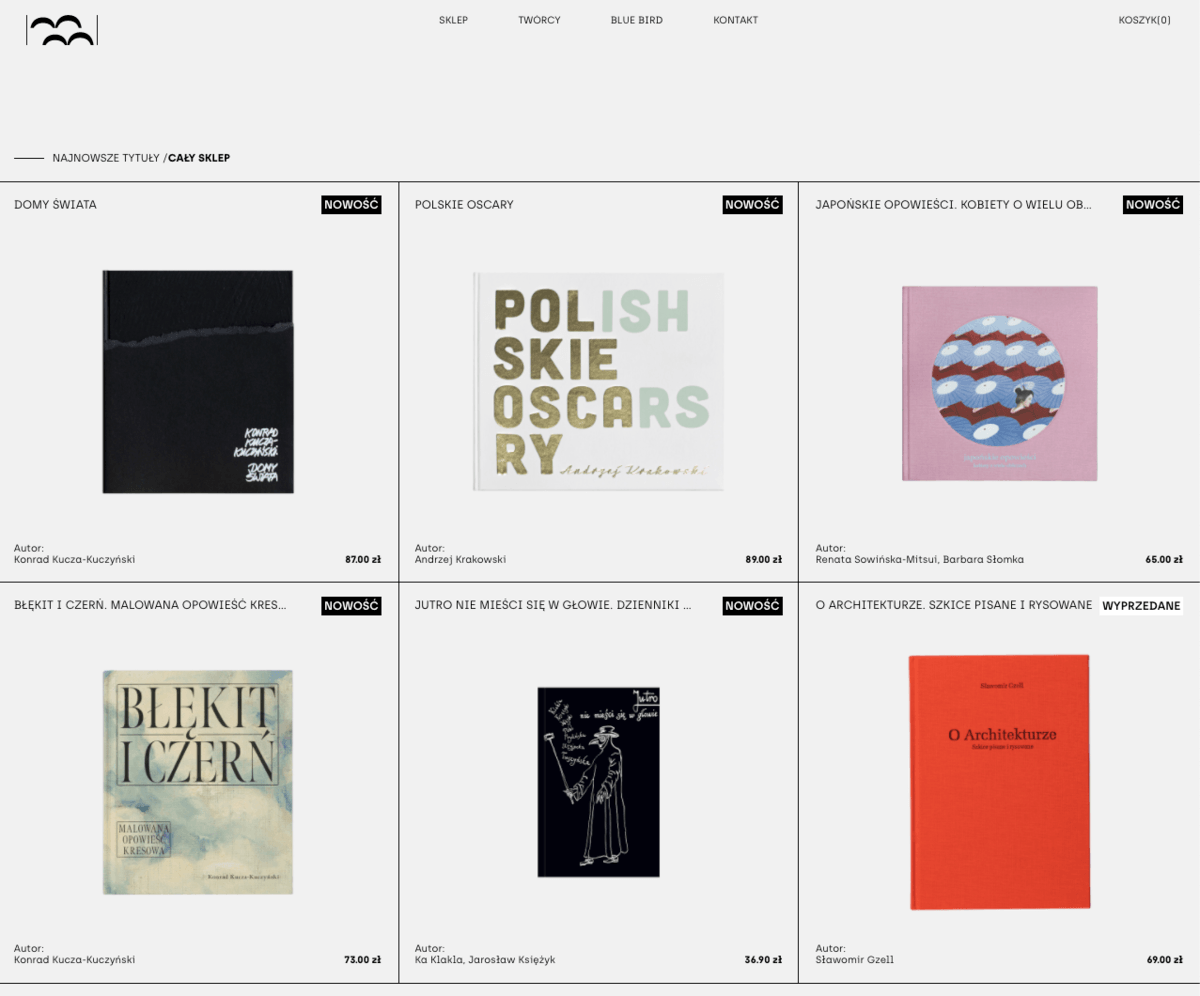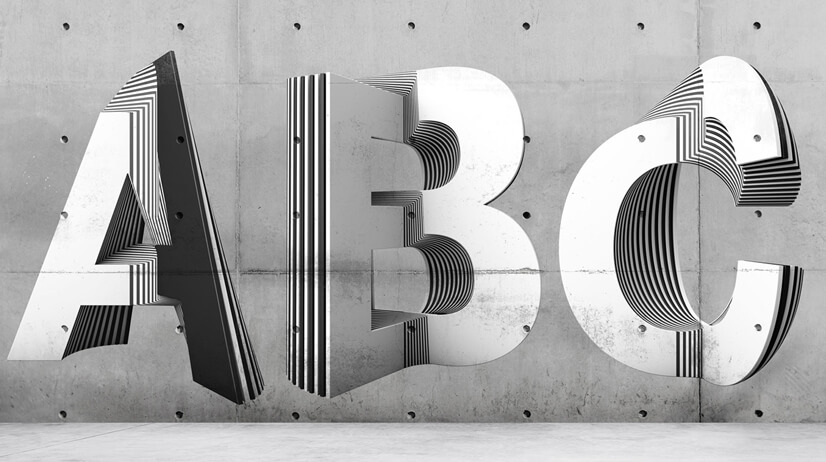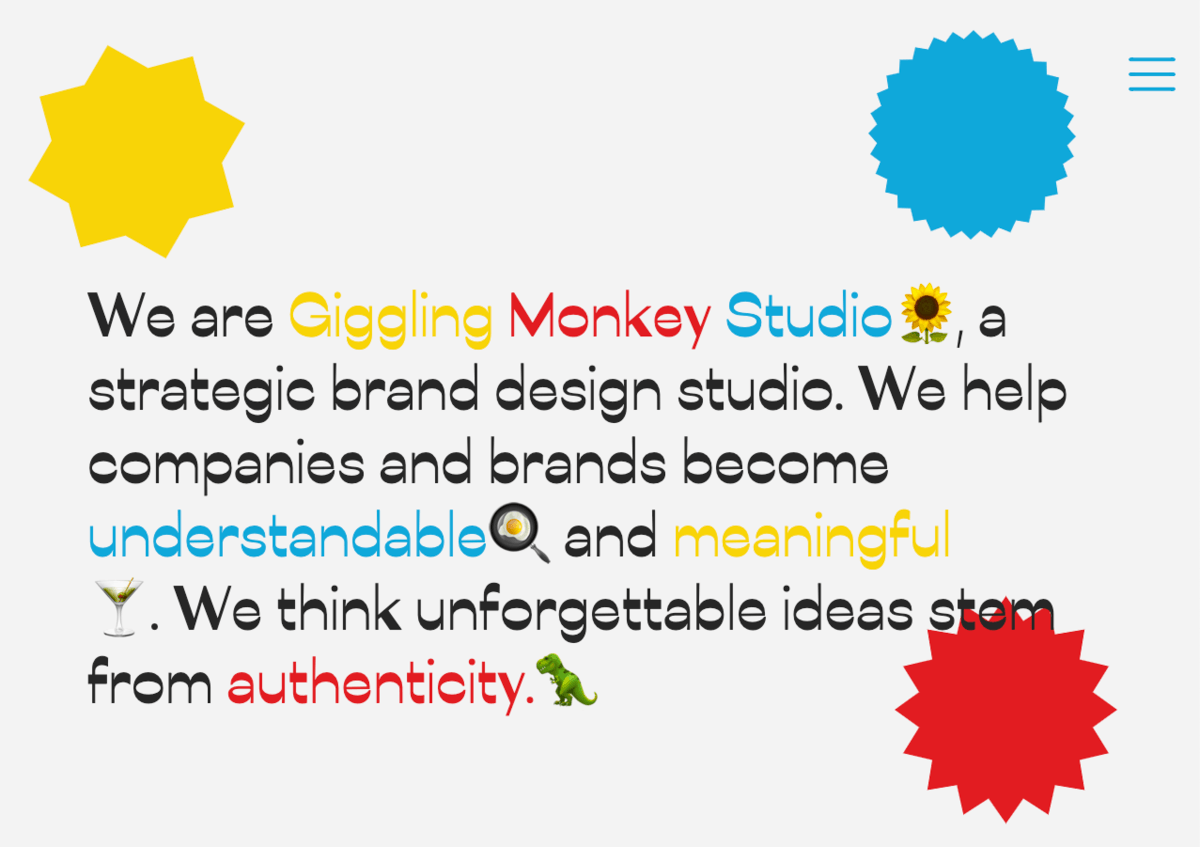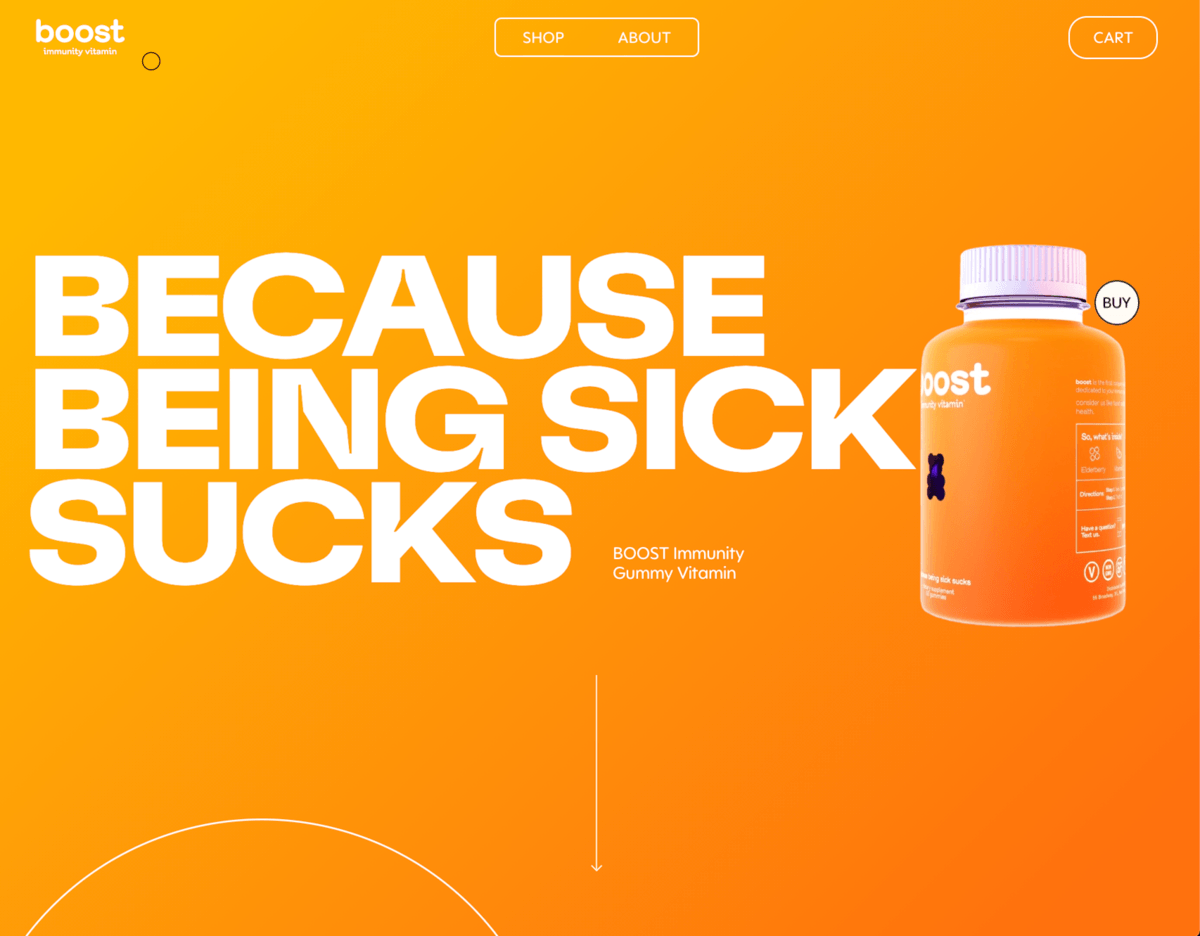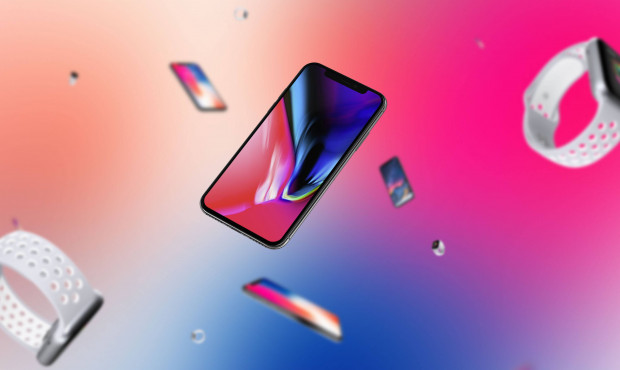Web designers and developers need to update their knowledge regularly; without being aware of the most recent web design trends, they risk being left behind. It’s true for both individuals as well as companies such as agencies or software houses.
We’ve come a long way since August 6, 1991, where the first website, info.cern.ch, went online. Business Insider gently takes us back to the story of Tim Berners-Lee, the creator of this initial World Wide Web project that ran on a NeXT computer. By the way—the CERN info website is still online.
Today, almost 4.57 billion people are active Internet users. That encompasses 59 percent of the global population, and mobile is the most important channel for web access—it accounts for 91 percent of total Internet users (according to Statista).
The number of websites on the Internet surpassed 1.74 billion in January 2020. It’s a huge market—one that requires any new site to offer the best possible experience for its users. And the design is not only about how things look. First and foremost, it’s about how things work. At Insane Lab, we believe that the best websites are born by taking care of both the functional, as well as the visual aspect of web design.
Without further ado, let’s dig into the most recent web design trends for 2021.
